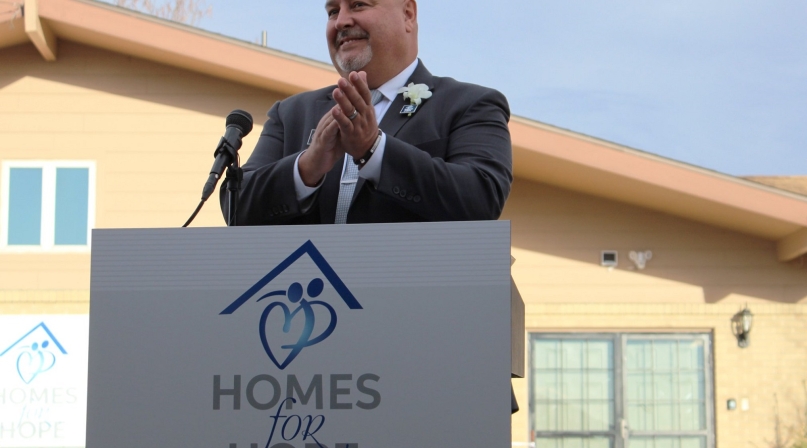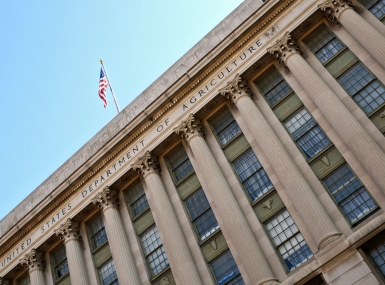Problem:
|
County human services departments face challenges finding in-county and emergency short-term placements for foster youth. |
Solution:
|
Utilize in-county resources to provide emergency foster care for children. |
As a former foster child, Adams County, Colo. Commissioner Charles Tedesco knows what it’s like to be in the foster system.
“You’re taught your whole life, ‘Hey, your parents are your parents, and nobody can ever take that away from you,’ …and the foster program kind of proves that wrong,” he said. “It proves to a child that nothing is secure, and it creates a trauma in their life.”
Tedesco spearheaded the Homes for Hope program to provide in-county, emergency foster care for children. The program lessens trauma for children by keeping them closer to local connections and supports while allowing siblings to be kept together throughout emergency placement.
Learn More
Adams County’s Homes for Hope program is the recipient of a 2020 NACo Achievement Award in the Human Services category.
“I wanted to provide something that was more of a transitional-type separation, rather than a traumatic-type separation,” he said.
The program launched in 2019 when the county repurposed two county-owned houses acquired during an open space purchase, Tedesco said. Before being used for the program, the county rented the homes similar to rental units.
“We jumped at the chance to make it more beneficial and efficient for the county, as well as giving a benefit to our foster families,” he said.
The homes are occupied by two families who are available 24/7 to receive children. Adams County renovated each house to meet all safety standards and codes, adding “receiving rooms” which serve as private spaces to allow children to decompress in a comfortable space.
Adams County Human Services Director Katie Griego said the two homes are fully furnished and can serve up to 12 children between both properties.
“What we’re trying to do is really find that safe and comfortable place for a kid to land rather than having to have the traumatic experience of sometimes sitting, unfortunately, in an office or at a police department,” she said.
The emergency placements through the Homes for Hope program are exclusively available for county foster children ages 0 to 18. Any child placed in the homes receives a medical, mental health and dental exam.
“It was really a process of ‘how do we make it easier on the child, less traumatic, and also ease the burden on our staff?’ by opening a program that notoriously has been done by faith-based groups or nonprofits and not by counties themselves,” Tedesco said.
With around 1,000 children entering out-of-home foster care placement in the county, social workers often struggle to find adequate emergency housing throughout the state and face challenges keeping siblings together.
“We’ve seen success certainly in the homes and being able to keep kids within their own home schools and not have to make any additional changes for them,” Griego said.
Adams County works closely with a child placement agency that receives a reduced rental rate to help foster parents occupy the two homes. Other community organizations donated furniture, landscaping services and other supplies to the houses. The program saves the county around $155,000 per year in foster care placement costs alone.
By placing foster youth in the county instead of throughout the state, human services staff avoid making long treks for a case and children have more opportunities for kinship visits.
Griego said the Homes for Hope program also provides a “safe place to land” and creates a home-like setting to reduce the number of times children are moved from one foster family to another.
“Just imagine having to leave all you’ve ever known — this approach gives kids that experience of minimal disruptions and those wraparound supports right away,” she said.
Griego said the normal length of stay is around 90 days, but the time period is often extended when it takes longer for a child to reunify with his or her family or find more appropriate foster placement.
Adams County is working to expand services so the homes can be licensed at a therapeutic level of care to provide more wraparound services for families.
“We’re really excited about that opportunity and the positive impacts we think that will have for both the children, but also the foster parents who are needing to support the children with many, many barriers and challenges that they face,” Griego said.




